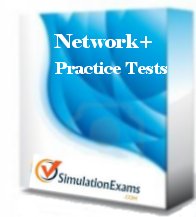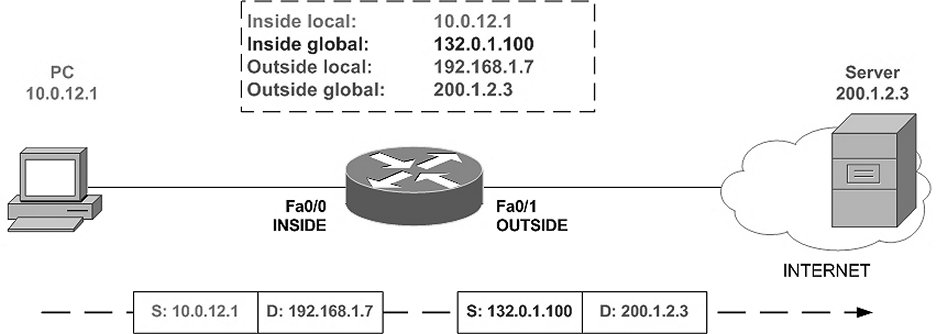![]() Simulationexams.com, leading provider of practice exams and network simulators, recently released practice tests for Comptia®. A+ Core1®. and Comptia A+ Core2®. exams. Currently, the practice tests are available for mobile devices including Android phones and Apple iOS phones. As you all might be aware, the existing exams, 220-901 and 220-902 are going to be retired by 31st July 2019 (English language version). The same are going to be replaced by 220-1001 (A+ Core 1) and 220-1002 (A+ Core 2) respectively. A few significant inclusions are Windows 10 operating system, and enhancement in virtual services such as Cloud services. Mobile devices and security have also been given more importance in recent revision. Over all, 85% of the syllabus remains to be same as that of older one.
Simulationexams.com, leading provider of practice exams and network simulators, recently released practice tests for Comptia®. A+ Core1®. and Comptia A+ Core2®. exams. Currently, the practice tests are available for mobile devices including Android phones and Apple iOS phones. As you all might be aware, the existing exams, 220-901 and 220-902 are going to be retired by 31st July 2019 (English language version). The same are going to be replaced by 220-1001 (A+ Core 1) and 220-1002 (A+ Core 2) respectively. A few significant inclusions are Windows 10 operating system, and enhancement in virtual services such as Cloud services. Mobile devices and security have also been given more importance in recent revision. Over all, 85% of the syllabus remains to be same as that of older one.
Desktop versions of the practice tests will be released in few days and the same will be announced accordingly. The topics (objectives) covered in the new exams are given below:
Exam: A+ Core 1 (Code: 200-1001)
Passing score 675 (on a scale of 100–900)
DOMAIN PERCENTAGE OF EXAMINATION
1.0 Mobile Devices 14%
2.0 Networking 20%
3.0 Hardware 27%
4.0 Virtualization and Cloud Computing 12%
5.0 Hardware and Network Troubleshooting 27%
Total 100%
Exam: A+ Core 2 (Code: 220-1002)
DOMAIN PERCENTAGE OF EXAMINATION
1.0 Operating Systems 27%
2.0 Security 24%
3.0 Software Troubleshooting 26%
4.0 Operational Procedures 23%
Total 100%
Number of questions Maximum of 90
Types of questions Multiple choice and performance-based
Length of test 90 minutes
Recommended experience 12 months of experience as an IT support specialist
Passing score 700 (on a scale of 100–900)
It may be notes that the passing score for Core 1 is 675 where as that of Core 2 is 700 on a scale of 100-900.
The practice tests offered by simulationexams.com cover all the objectives and include performance based questions.
You may download the practice tests by clicking on the links given below:
Android versions of the A+ Exam:
Apple iOS versions of the A+ Exam:
- Free A+ Core 1 (Apple iOS)
- A+ Core 1 Full (Apple iOS)
- Free A+ Core 2 (Apple iOS)
- A+ Core 2 Full (Apple iOS)
Check out the website for most recent updates and download the software.
All Simulation Exams practice tests, study guides and/or material are neither sponsored by, nor endorsed by, nor affiliated with CompTIA® or any other company. All trademarks are trademarks of their respective owners and duly acknowledged. A+™, Network+™, i-Net+™, Server+™,Security+™ are registered trade marks of CompTIA®.



 mulationexams.com, leading practice tests provider, recently updated Network+ lab simulator with additional labs and fixing known bugs. The labsim offers virtual labs for hands-on practice and useful for candidates preparing for A+ and Network+ exams, offered by Comptia organization. The available labs include DNS/DHCP configuration, motherboard components identification, MB connector configurations, peripherals configuration, hardware troubleshooting, and OS installation and configurations. The software is available in both trial and full versions, and may be downloaded from the product home page given below:
mulationexams.com, leading practice tests provider, recently updated Network+ lab simulator with additional labs and fixing known bugs. The labsim offers virtual labs for hands-on practice and useful for candidates preparing for A+ and Network+ exams, offered by Comptia organization. The available labs include DNS/DHCP configuration, motherboard components identification, MB connector configurations, peripherals configuration, hardware troubleshooting, and OS installation and configurations. The software is available in both trial and full versions, and may be downloaded from the product home page given below: Simulationexams.com, leading practice tests provider, released
Simulationexams.com, leading practice tests provider, released 